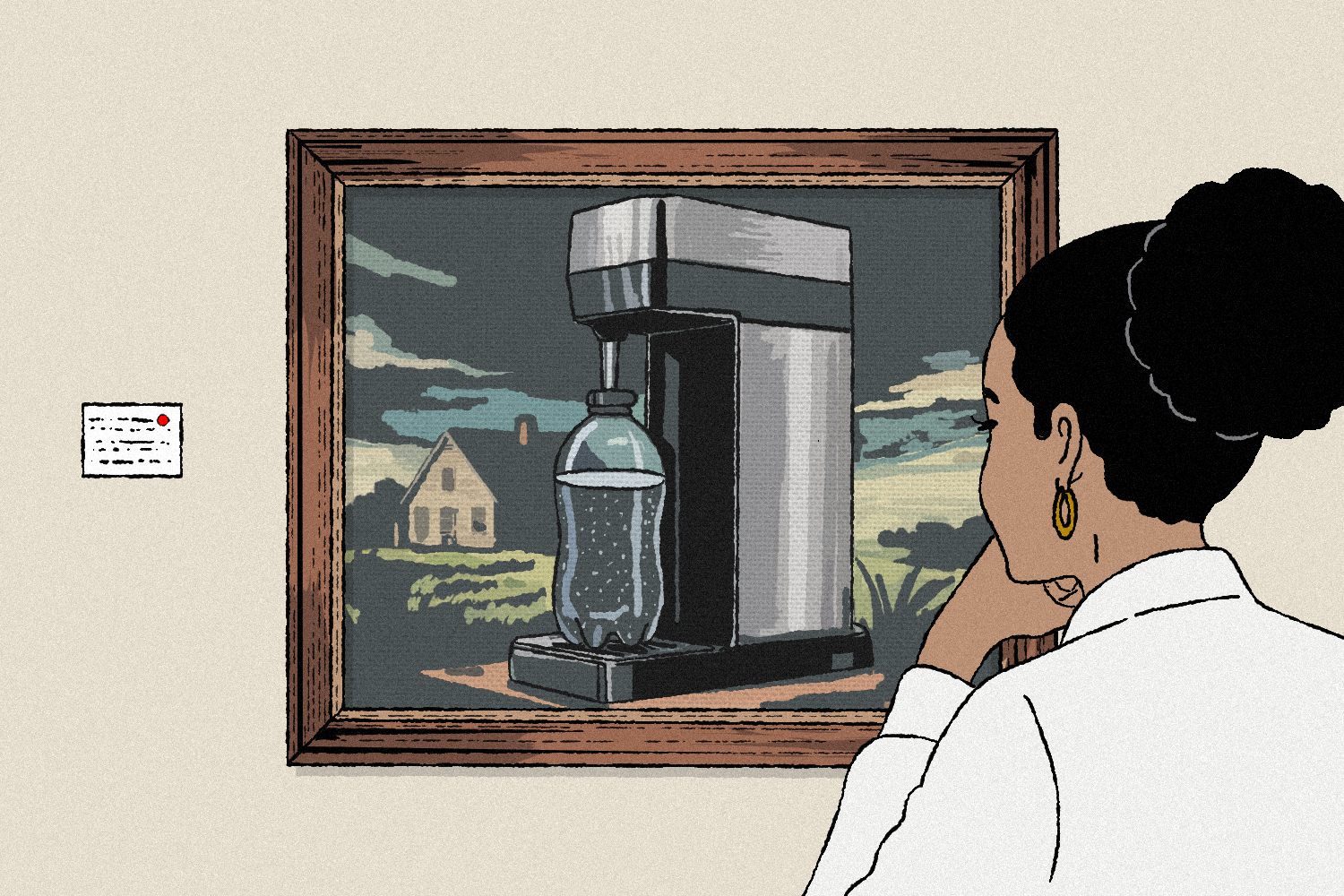The best soda maker gasses up some seriously great seltzer
Elegant and easy to use, it’ll help you kick your store-bought bubbly habit

Sign up and save the world
The one5c newsletter delivers our best tips right to your inbox
Americans are smitten with seltzer. A walk down any beverage aisle, where hundreds of bubbly water options await, is all the evidence you need. But to put it in numbers: By 2028, the global market is ……

